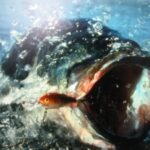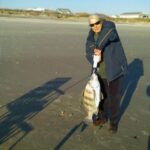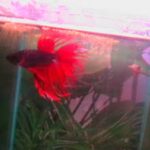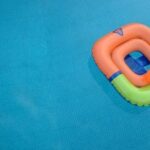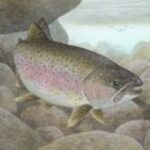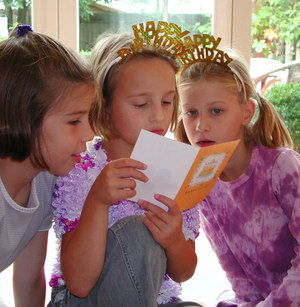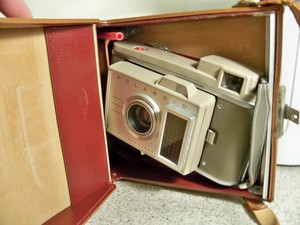Fly fishing for bass is a great sport. But, the fly fisherman has to know what fly or bass bug to use because without the right bait, the bass may not be bite. There are many flies to use when fly fishing, but not all of them are bass bugs or ones preferred by bass. Here are a few to add to the tackle box.
Surface flies or bass bugs to consider are Poppers, Deer Hair Bugs and Pan Fish Flies.
Poppers are designed to imitate a bug as it floats on the surface of the water. This is accomplished by the fly fisherman retrieving the bass bug, creating water surface distortion and attracting bass. Poppers are available in many colors, each for a specific fly fishing situation. Black Poppers are used under low light conditions or on a full moon night. Frog Poppers are used early in the morning and are mottled and spotted with green, yellow, orange and black so they look natural to the bass. Purple Poppers are good for early morning and late evening fishing and in turbid water. White Poppers are good when bass have been observed eating shiny minnows or at night. Blue Poppers are good in the morning when frogs begin surfacing in the water. Fluorescent Chartreuse is best when used with low light and bright conditions. Fluorescent Orange is best used during the heat of the day or on a real bright day. Neon Slime Poppers are good for use in duck weed, algae and for timid bass. Tequila Sunrise Poppers are good for use in both brackish and freshwater areas and Yellow Poppers are good for mid-day fishing along the shoreline where there is cover and bright light.
Deer Hair Surface Flies can be presented in many ways making them a versatile bass bug. They are also heavier and more wind resistant than most bass bugs and can be custom trimmed to alter their action to meet the conditions where they are being cast. Deer Hair bass bugs are flies that have the hair spun completely over the head of the fly and left longer on the tail. These bass bugs can be used in situations such as targeting the male bass when they are busy guarding their spawn territory with yellow, orange and chartreuse colors, or they can be tied so that they look like a frog that is busy hunting complete with legs. Deer Hair bass bugs can also be tied to imitate a damsel fly for those times when the pond is still.
Pan fish flies are also a variety of surface flies or bass bugs that can be used to catch Small Mouth Bass. Panfish flies have a slick head with big eyes and a fluffy tail.
Subsurface flies or bass bugs weigh more than surface bass bugs, allowing the bass to eat without exposing themselves. Subsurface flies to consider are baitfish, crayfish, leeches and nymphs.
Baitfish bass bugs include glass minnows, floating minnows and streamers. Glass minnows are good in large reservoirs where bass are feeding on juvenile shad. Floating minnows are good to mimic small mouth fry, rainbow trout fry, shad and bluegill fry. Streamers represent little fish even though they do not actually look like any and are good to use in lakes and rivers while trolling.
Crayfish are good to use on the bottom with a sinking line when fly fishing for bass. This is a good bass bug to use in water where crayfish are naturally found.
Leeches are good to use in the early part of spring before any weeds begin growing in the water. If the water is cold, these bass bugs can be used on the bottom with a sinking line. For early bass fishing use black, peacock or olive leech bass bugs, for warmer water use brown or maroon and year round black, brown and olive work best for fishing deep using a sinking tip line.
Nymphs include damsels, dragon flies and midges. Damsels are good for using as soon as the ice is gone off of the lakes. Light olive green nymph are used for fishing within inches of the bottom and olive or tan nymphs are good for fishing within inches of the tops of weeds. Dragon flies are good for lakes and ponds. Brown dragon flies are good for muddy or gravel lake and river bottoms while Olive Dragon flies are good for lakes with weeds. Midges are similar to mosquitos and are good for warm periods of the day during cold months and cool periods of the day during warm months. Black midges are good for areas with dead drift close to the bottom of the water, green midges are good for water with vegetation that is brightly colored, olive midges are good for water with vegetation that is decaying and red midges are blood midges.

